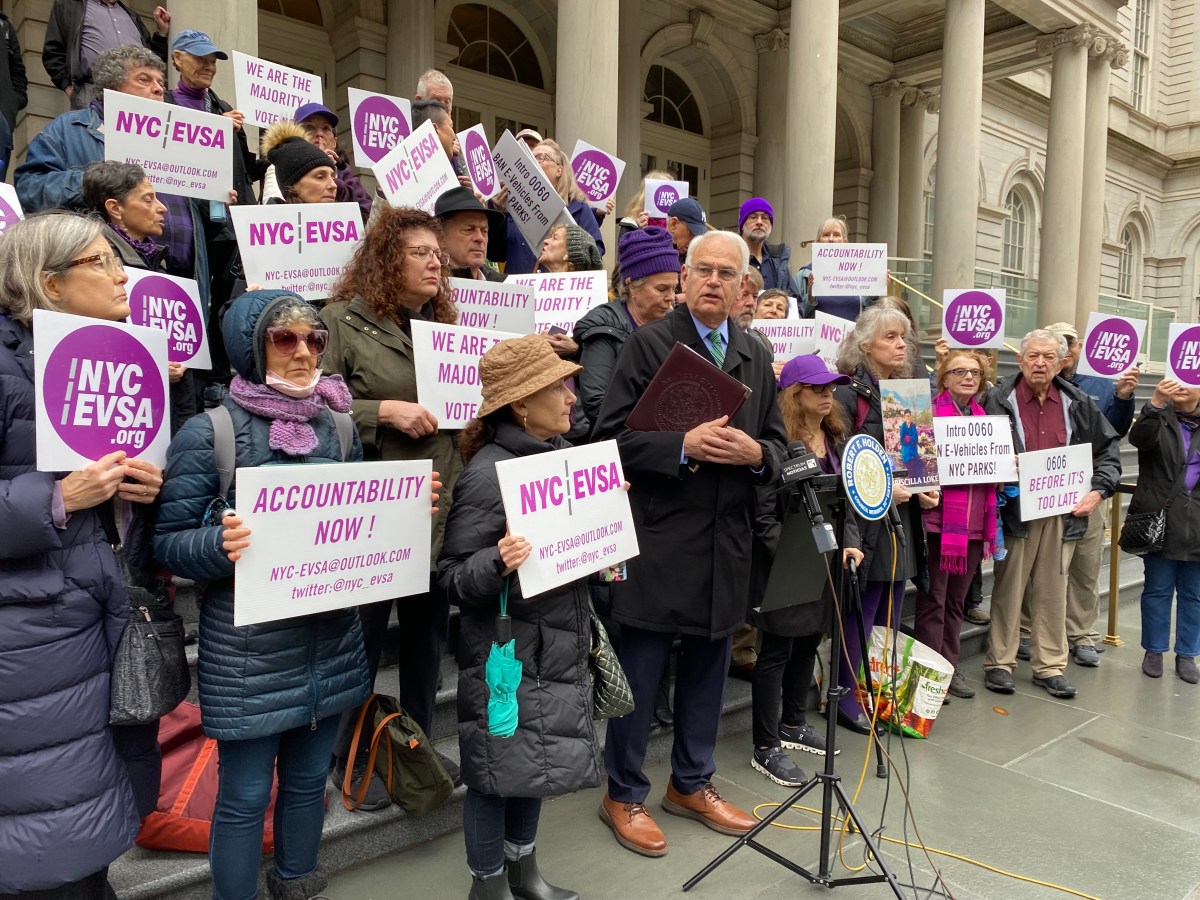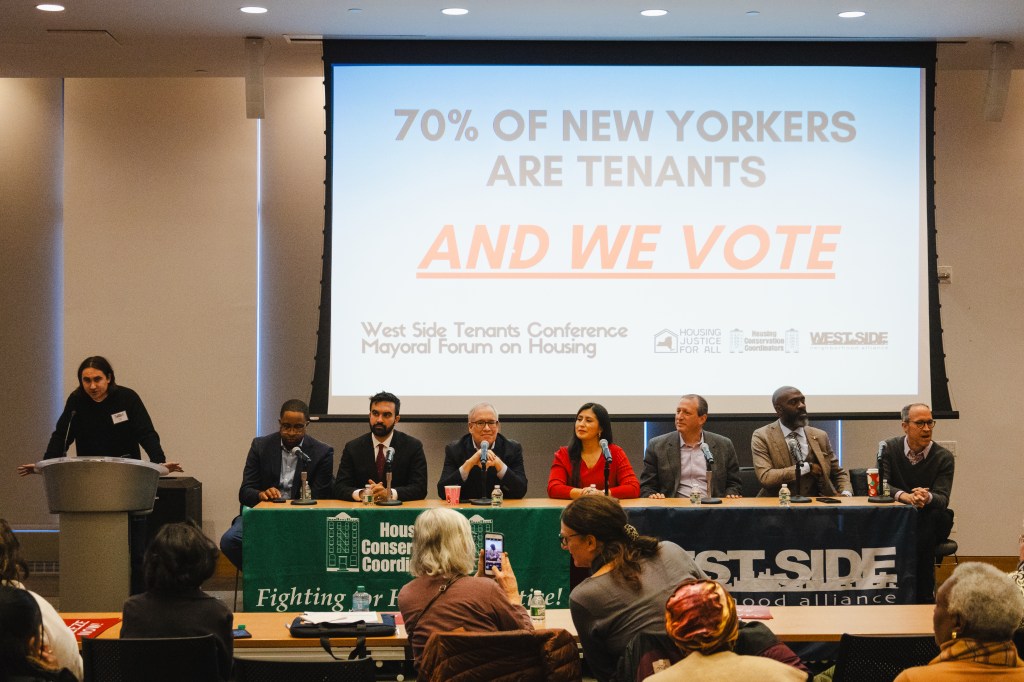The opening of the No. 7 line’s new station on the far west side of Manhattan is the first good news from the MTA in too long.
Granted, the opening was delayed for nearly two years by technical problems with an escalator that resembles a funicular—and had a minor hiccup on its first outing. But the new stop at the end of the 7 line near the Hudson Yards means a better commute for Queens straphangers because extra tracks were installed near the station to handle more trains.
The 1.5-mile extension will also carry people from Queens to thousands of jobs in the vibrant neighborhood rising near the Hudson River waterfront.
The first station to be built since 1989 inspired some verbal sparring between MTA Chairman Tom Pendergast, a Gov. Cuomo appointee, and Mayor Bill de Blasio. The MTA chief used the occasion to prod de Blasio yet again to cough up more money for the agency’s capital plan, but the mayor said the city was already contributing its fair share.
After the G train derailed last week when a walkway inside the tunnel collapsed, Prendergast pressed de Blasio to send more money the MTA’s way.
Behind the rhetoric on both sides is a stark picture of the rapidly deteriorating transit system.
The Citizens Budget Commission reported last week that six of the city’s 10 worst subway stations in need of repair are in Queens. Of the 33 stations throughout the system that require serious rehabilitation, nearly half are in this borough. The commission concluded that at the current repair rate, all the stations would not be fixed up until 2067.
Riders of the subways and LIRR complain of overcrowded trains, jammed platforms and frequent signal problems that delay service.
Prendergast announced the federal government will provide $57 million to help insulate the subway system from future storm damage after the toll taken by Hurricane Sandy. In fact, MTA officials also said the subway system still has not recovered and awaits many Sandy-related repairs.
On Sept. 2, a power failure hit the LIRR’s aging infrastructure during morning rush hour, stranding thousands of commuters in and out of Penn Station. It was Day Three of the US Open tennis tournament.
It’s time to bury the politics and appoint a panel of independent transit referees to set realistic priorities for repairs, funding and future projects. We can already hear the howls, but the group should be given six months to come up with solid proposals for the state Legislature and the City Council to weigh.
The transit system is the lifeblood of our city. We cannot afford to let it fail.


































